
1 minute read
MOVEMENT IS THE WAY FORWARD
Even simple, everyday physical activities have positive benefits.
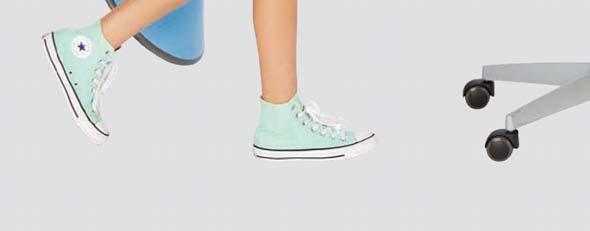
Thinking and learning do not just happen in the head. From the moment of birth until an advanced age, the body is an integral part of well-being and of all intellectual processes. This also includes many intuitive activities that most of us are not even aware of and that emerge rather incidentally.
Researchers refer to these as “Non-exercise activity thermogenesis” (NEAT) (Levine 2002). They include all musculature activities that are not consciously organized and include everyday physical activities such as moving a chair back and forth, intuitive changes of position when standing or working on the floor, moving one’s or on t e , hands while talking, and even nervous foottapping.



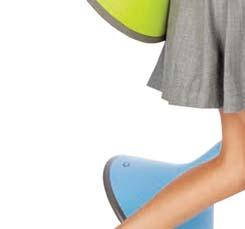
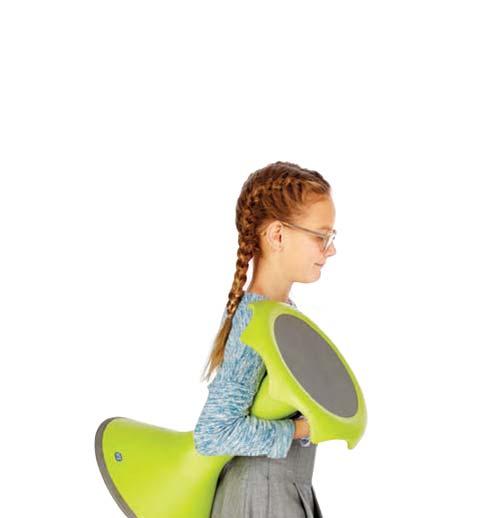
Interior design contributes to an enriched learning environment


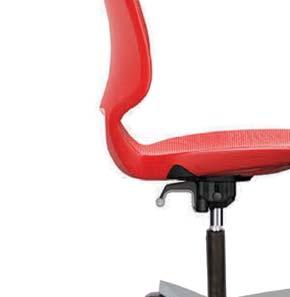

For several years, neuroscientists have been intensely studying the influence of interior design on structural and functional change processes in the brain. Several research studies have shown that a more stimulating and challenging learning environment, also referred to as an “enriched environment,” promotes well-being, neuroplasticity (growth and synaptic switching of nerve cells), and learning performance.
Interaction between an organism and its environment can lead to important neurobehavioral changes – having a powerful effect on brain functions and structure, on learning and memory functions.

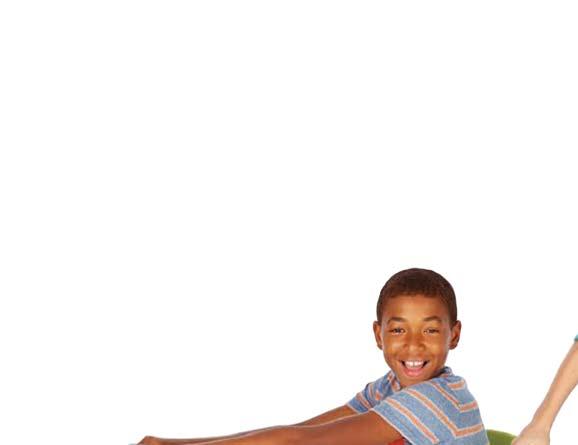
(Ickes et al., 2002 / KEMPERMANN et al., 1997 / ROJAS VEGA et al., 2010)
Activity is a high-yield investment.
The journal Pediatrics (2014) published research that ADHD kids who took part in a regular physical activity program showed important enhancement of cognitive performance and brain function. The findings, according to University of Illinois professor Charles Hillman and colleagues, demonstrate a casual effect of a physical program on executive control, and provide support for physical activity in improving childhood cognition and brain health. Physical activity is a high-yield investment for all kids, especially those challenged with attention or hyperactive issues. In short, movement is ADHD medication.
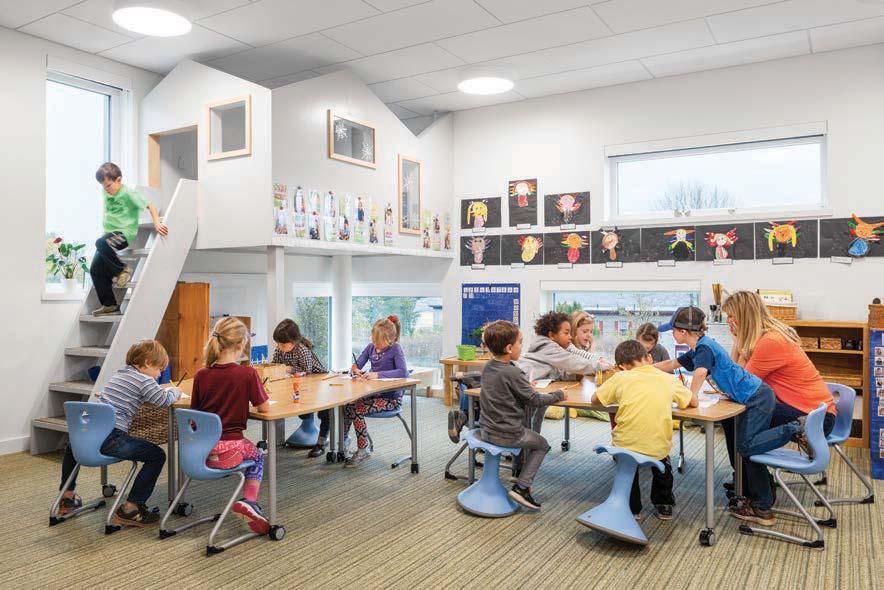
• 40% higher test scores
• 15% more likely to go to college
• Reduced risk for heart diseases, diabetes II, stroke, cancer, dementia
• 1/10th as likely to be obese
• May live 5 years longer
(Nike, Inc. 2013, Siddarth et al. 2018, Schmid et al. 2014, Wheeler et al. 2017)










